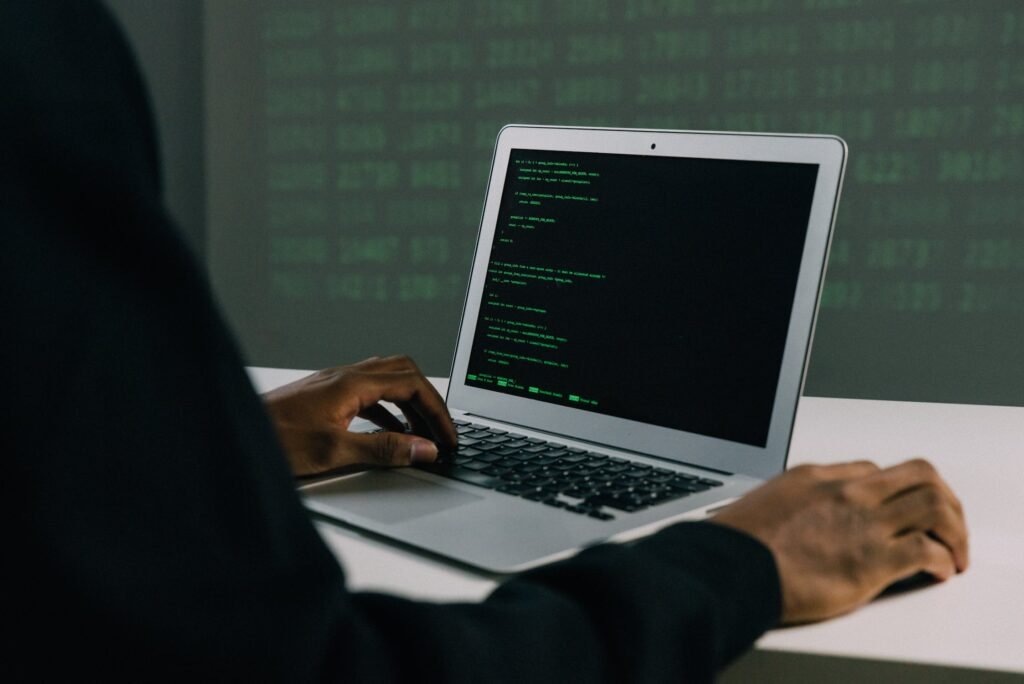The Vital Role of Cybersecurity in Healthcare
In today’s digitized world, cybersecurity in healthcare is not just a buzzword; it’s a crucial shield guarding the sanctity of patient data and the integrity of healthcare services. Imagine a scenario where a single data breach exposes sensitive patient information, not just jeopardizing their privacy but potentially risking their safety. Such breaches are not just hypothetical – they are real, frequent, and increasingly sophisticated. Each healthcare professional, from clinicians to administrators, plays a pivotal role in this cybersecurity ecosystem. Their vigilance is the thin line that protects against malicious cyber activities that threaten to disrupt not only the confidentiality but also the availability and integrity of crucial health information. Understanding this critical responsibility is the first step towards fostering a cybersecurity-conscious culture within healthcare settings.

Understanding the Healthcare Cyber Landscape
The healthcare cyber landscape is as complex as it is perilous. It’s a terrain where threats like ransomware and data breaches lurk around every corner. Take ransomware, for instance – a type of malicious software designed to block access to a computer system until a sum of money is paid. Hospitals, with their critical need for immediate access to patient data, become prime targets for such attacks. A prominent example is the WannaCry ransomware attack in 2017, which caused widespread disruption in the UK’s National Health Service, leading to cancellation of thousands of appointments and surgeries. Data breaches are another common threat, often resulting from targeted phishing attacks. These breaches not only lead to financial losses but also erode the trust between patients and healthcare providers. The severity of these cyber threats underlines the need for robust cybersecurity measures in healthcare settings. By understanding the types of risks and their potential impacts, healthcare professionals can better prepare and protect their organizations and patients from these digital-age predators.
Password Management – Your First Line of Defense
In the digital age, robust password management is akin to having a high-tech lock on your front door. For healthcare professionals, it’s not just about keeping your data safe; it’s about protecting patient confidentiality and upholding trust. The first step in this cybersecurity journey is crafting a strong password. Think of it as your personal guardian against digital intruders. A strong password is a unique blend of letters, numbers, and symbols, and it should be as unpredictable as a plot twist in a medical drama.
Regularly updating your passwords is like getting a booster shot; it strengthens your defense against potential breaches. It’s recommended to change your passwords every 60 to 90 days. And remember, reusing passwords across different platforms is a big no-no. It’s like using the same key for every lock in a hospital – not very secure, right?
Now, let’s talk about password management tools. These are the unsung heroes in the world of cybersecurity. They’re like having a digital assistant dedicated to remembering all your complex passwords. These tools not only store your passwords securely but often also generate strong, random passwords for you. It’s like having a cybersecurity expert in your pocket.
Incorporating these practices into your routine ensures that your first line of defense against cyber threats is formidable. And the best part? You don’t need to be a tech wizard to follow these steps. Simple changes in your password habits can significantly bolster your cybersecurity posture, keeping both your data and your patients’ information secure.
Secure Communication – Safeguarding Information Exchange
When it comes to healthcare, communication is not just about clarity but also about security. The exchange of sensitive patient information requires the digital equivalent of a confidential conversation in a closed room. This is where encrypted email and messaging platforms come into play. They act like sealed envelopes, ensuring that the information reaches only the intended recipient.
Using unsecured networks for communication is like discussing patient information in a crowded hallway. It’s risky. Always opt for secure, encrypted channels, especially when you’re sending ePHI (electronic Protected Health Information). This practice is not just about compliance with regulations like HIPAA; it’s about maintaining patient trust and confidentiality.
Let’s paint a picture: Imagine you’re at a coffee shop, using their free Wi-Fi to send patient details. Without encryption, that information could be intercepted. Always use a VPN (Virtual Private Network) in such scenarios. It’s like having a private tunnel for your data in the chaotic world of the internet.
In a healthcare setting, implementing secure communication methods should be as routine as handwashing. It’s a fundamental practice that safeguards both the patient and the healthcare provider. By embracing secure communication methods, you’re not just adhering to industry standards; you’re upholding a commitment to patient privacy and safety.
Recognizing and Avoiding Phishing Attempts
Phishing stands as a formidable foe. These cunning attempts to snare personal and patient data are increasingly sophisticated. Understanding the red flags is crucial. Let’s embark on a phishing-spotting adventure!
Firstly, scrutinize the email’s source. Phishers often masquerade as trusted entities. Does the email address exactly match your hospital’s domain? Spelling errors in the domain name are a dead giveaway. Next, inspect the content. Phishing emails typically urge immediate action, preying on a sense of urgency. They might dangle bait, like a link to a supposed policy update. Hover over these links (but don’t click!) to see if the URL seems legitimate.
Phishing emails often contain grammatical errors or unusual language – a red flag in professional communication. Additionally, unsolicited requests for sensitive information should immediately raise your suspicion. Remember, legitimate organizations seldom ask for passwords or personal details via email.
Interactive quizzes can be an engaging way to test your phishing detection skills. Consider incorporating such tools into regular staff training sessions. They not only educate but also add an element of fun to cybersecurity awareness.
Regular training updates are indispensable in staying ahead of phishers. Cyber threats evolve; so should our defenses. Encourage a culture of sharing knowledge about new phishing tactics. A well-informed team is a resilient one.
Cultivating a Culture of Cybersecurity Awareness
Let’s reiterate our collective pledge towards cybersecurity. Every healthcare professional plays a pivotal role in safeguarding patient data. This responsibility extends beyond the individual to the entire healthcare community.
Embrace continuous learning. Cybersecurity trends and threats are ever-changing. Staying informed is not just an option; it’s a necessity. Regular training sessions, updated protocols, and open communication channels are key.
Encourage a proactive approach. Report suspicious activities, share insights, and participate in training sessions. Remember, knowledge is power, especially when it comes to cybersecurity.
Foster an environment where cybersecurity is part of the daily conversation. It’s not just about technology; it’s about people. When every member of the healthcare team is vigilant, informed, and proactive, we build a formidable defense against cyber threats.
Together, we can ensure that trust and safety remain pillars of healthcare services. Let’s commit to being guardians of patient data, upholding the integrity and trust that define healthcare.

